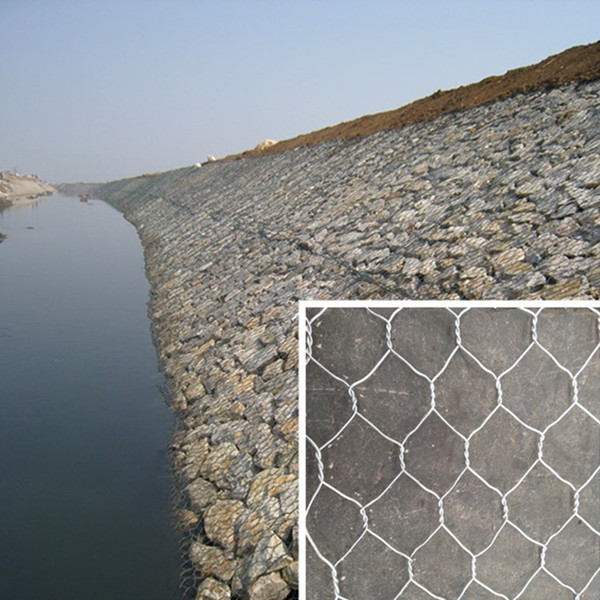Gabion Mesh
Gabion mesh including : heavy gabion/hexagonal mesh, gabion box, gabion mesh sack, welded gabion mesh, Prevention rockfall Mesh.
Gabion mesh's production processes : material inspection- PVC coating- machine weaving- alignment- cutting- edge strengthening- assembly- packing- transporting
The material of gabion mesh is low carbon steel wire, and then will be hot-dipped galvanized, re-plated with Galfan or PVC, so as to improve the durability of the gabion mesh under all sorts of environments.
Applications of gabion mesh :
It has the effect of controlling water capacity, prevent soil and water from flowing,the protecting and improvement of the ecological environment. Gabion can be employed in a variety of ways to stabilize soil conditions around bridges and river bank protection.

Gabion Mesh,Gabion Box Mesh,Gabion Garden Mesh,Gabion Mesh Wall,Gabion Box
ANPING COUNTY SHANGCHEN WIREMESH PRODUCTS CO.,LTD , https://www.scwiremesh.com